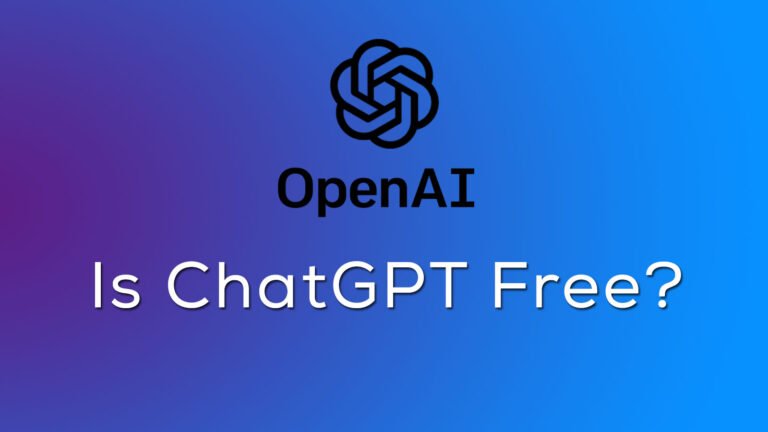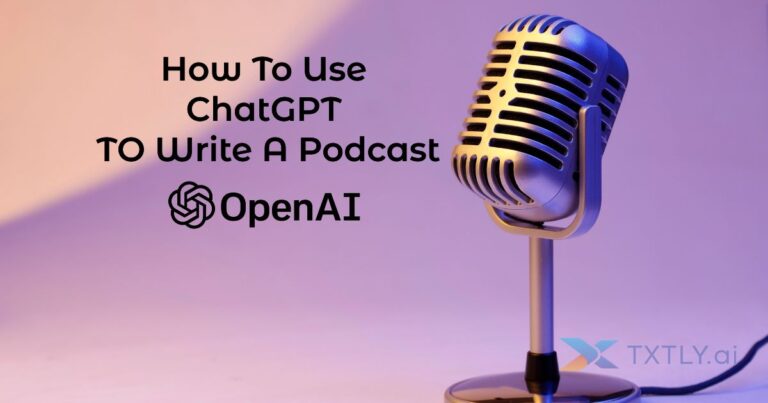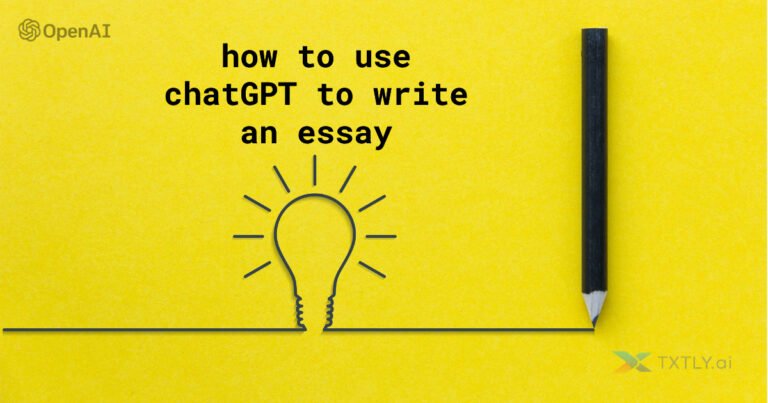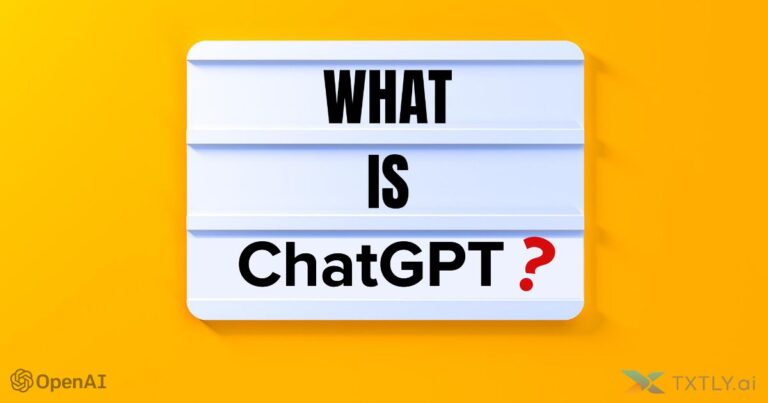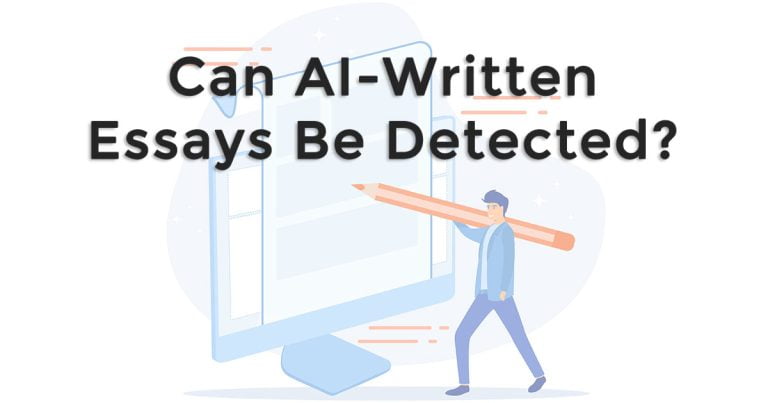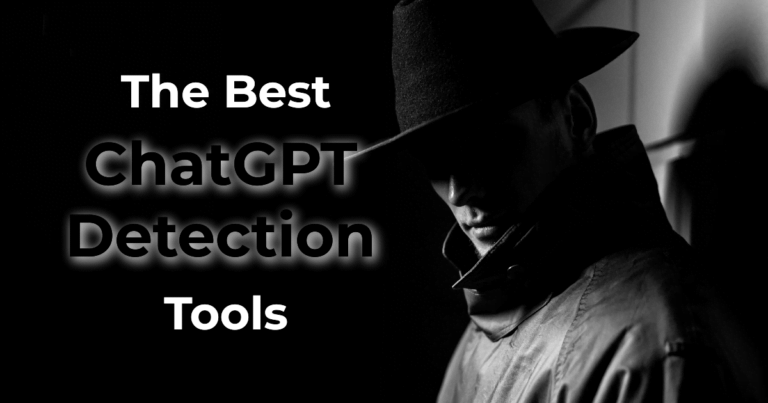Is AI-Generated Content Safe To Use?
24 Answers to common AI generated content questions
One important concern when it comes to AI-generated content is the issue of plagiarism. Since AI models are trained on vast amounts of existing content, there is a risk that they may inadvertently produce content that is too similar to existing work, leading to accusations of plagiarism.
This is especially true when it comes to academic writing or journalism, where originality is paramount. In this article, we will answer some of the most common question around AI-generated content and provide tips for avoiding plagiarism.
Plagiarism Detection
Plagiarism is a major issue that can result in serious consequences for writers and students, and it has become more complex to detect with the advent of AI and other automated writing tools.
Turnitin is currently one of the most widely used plagiarism detection software tools available. However, there are concerns about Copy AI, a powerful new tool that may generate plagiarized content.
Both educators and writers can use a variety of methods to detect plagiarism, including manual searches and automated software tools.
-
Can AI-written essays be detected?
Yes, AI-written essays can be detected using various plagiarism detection software programs such as Turnitin and Grammarly. These tools use algorithms to compare the essay with previously published material on the internet to identify instances of plagiarism.
-
Can Turnitin detect AI writing?
Yes, Turnitin can detect AI writing. Turnitin uses advanced algorithms to detect instances of plagiarism, regardless of the source of the content.
-
Does Copy AI plagiarize?
No, Copy AI does not plagiarize by itself. It is a tool that generates content based on a given prompt or topic. However, if the generated content includes passages or sentences copied from other sources without proper attribution, then it could be considered plagiarism.
-
How do you know if an essay is plagiarized?
o check if an essay is plagiarized, you can use plagiarism detection tools such as Turnitin, Grammarly, or Copyscape. These tools compare the essay to a database of previously published material to identify any instances of plagiarism.
-
Can colleges tell if you plagiarized an essay?
Yes, colleges can tell if you plagiarized an essay using plagiarism detection tools such as Turnitin. Professors can also detect plagiarism by examining the writing style and tone of the essay and by conducting internet searches on suspicious phrases or sentences.
-
How much percentage is OK for Turnitin?
There is no universally accepted percentage for what is considered acceptable on Turnitin. Different institutions may have different guidelines on what percentage of similarity is allowed before a paper is flagged for plagiarism.
-
What is not acceptable on Turnitin?
Turnitin does not accept documents that are password-protected, contain no text, are images or graphics, or are larger than 400 pages.
-
What is considered cheating on Turnitin?
Cheating on Turnitin includes submitting work that is not your own or submitting work that has been plagiarized from other sources.
-
How accurate is plagiarism detection software?
Plagiarism detection software, such as Turnitin, can be accurate in detecting matches between submitted papers and existing sources. However, the software may not be able to detect all instances of plagiarism, especially if the plagiarized content has been paraphrased or reworded. It is important to use plagiarism detection software as a tool and not rely solely on its results.
AI-Generated Content
As AI technology advances, so does the prevalence of AI-generated content. This raises questions about copyright laws, ownership, and intellectual property.
While tools like Copy AI are popular, their use raises ethical concerns regarding plagiarism. Despite the similarity between AI-generated text and human writing, there are still methods to differentiate the two.
In response, Google and other search engines are updating their algorithms to better identify AI-generated content.
-
Is it okay to use Copy.AI and similar tools?
Yes, it is okay to use Copy AI and similar AI writing tools as long as the generated content is unique or properly attributed to its source and does not violate any copyright laws or plagiarism guidelines.
-
Does Google penalize AI writing?
No, Google does not penalize AI writing as long as the content is original and does not violate any copyright laws or Google’s policies on acceptable content. However, if the content is deemed to be low-quality or spammy, then it may not rank well in Google’s search results.
-
How do you tell if a paper was written by AI?
It can be difficult to tell if a paper was written by AI as the technology used to generate the content is continually improving. However, some indicators of AI-generated content include a lack of coherence, inconsistencies in writing style, and a high degree of technical jargon.
-
Can AI write poetry or music?
Yes, AI can be trained to create original poetry or music through machine learning algorithms that analyze patterns and structures in existing works. However, the quality and creativity of the output may vary depending on the training data and algorithms used.
-
Does Google ban AI-generated content?
No, Google does not ban AI-generated content as long as it is original and does not violate any copyright laws or Google’s policies on acceptable content.
-
Does Google punish AI-generated content?
No, Google does not punish AI-generated content as long as it meets the same standards as content created by human authors and doesn’t violate their content policies.
-
Is AI-generated content copyrightable?
Yes, AI-generated content is copyrightable as long as it is original and not based on copyrighted material.
Avoiding Plagiarism
When it comes to academic and professional writing, one thing you want to avoid at all costs is plagiarism. Not only is it frowned upon, but it can also have serious consequences. Fortunately, there are a few strategies you can use to make sure your work is original and free from plagiarism.
First and foremost, it’s important to be aware of proper citation practices for your work. Unintentional plagiarism can happen when you don’t give credit to your sources. By citing your sources properly, you not only avoid accusations of plagiarism, but you also give credit to the original authors.
Citing your sources can be done through in-text citations, footnotes, or a bibliography.
It’s also a good idea to follow best practices when it comes to citing sources. Your tutor, professor, or boss, may have specific guidelines for citation styles, make sure you’re familiar with them. There are many resources available online, such as citation generators, that can help you with this.
Plagiarism is a serious issue in academic and professional writing. But by being aware of proper citation practices, citing your sources diligently, and following established best practices, you can avoid unintentional plagiarism and ensure that your work is original and properly credited.
-
How can I make sure nothing is plagiarized?
To ensure that nothing is plagiarized, you can use plagiarism detection tools such as Turnitin or Grammarly, conduct your own internet searches for suspicious phrases or sentences, and properly attribute all sources used in the writing process.
-
How do I avoid unintentional plagiarism?
To avoid unintentional plagiarism, it is important to always properly cite any sources used in your writing. This includes direct quotes, paraphrased content, and even ideas that were influenced by other sources. You can use citation tools, such as citation generators or style guides, to help ensure that your citations are accurate and complete.
Academic writing, cheating and dishonesty
Have you ever wondered if someone was being dishonest with you? Well, the good news is that there’s a growing field called honesty detection that aims to use AI and other technologies to identify deceptive behavior. With AI analyzing a variety of signals, from facial expressions to voice patterns, it’s becoming easier to determine whether someone is being truthful or not.
However, as with any new technology, there are concerns about the potential for bias and false positives. While AI has shown promising results in detecting dishonesty, it’s important to ensure that these results are fair and accurate. But, dishonesty isn’t just limited to lying – it can also extend to plagiarism and other forms of academic misconduct.
Academic writing is a crucial skill for students but unfortunately it can also present opportunities for cheating and plagiarism. Plagiarism is a serious offense that can lead to failing a course or even being expelled. Colleges and universities are taking plagiarism seriously and using a range of tools and techniques to detect it.
The consequences of plagiarism can be severe, so it’s important for students to understand the ethical and academic implications of this practice. While it may be tempting to cheat or plagiarize, ultimately it’s in the student’s best interest to learn how to write effectively and ethically. And who knows, with the help of AI technology, maybe we’ll see even more sophisticated methods for detecting dishonesty in the future!
-
Can AI determine dishonesty?
AI can detect certain patterns of behavior or language that may indicate dishonesty, such as changes in voice pitch or an increase in the use of filler words. However, AI is not foolproof and may not be able to accurately determine dishonesty in all situations.
-
How often do college students get caught plagiarizing?
The frequency of college students getting caught plagiarizing is difficult to estimate as not all instances of plagiarism are detected. However, a survey by the International Center for Academic Integrity found that approximately 68% of undergraduates admitted to cheating at least once.
-
How much of a paper is considered plagiarized?
There is no set percentage of a paper that is considered plagiarized. Any instance of using someone else’s work without proper attribution is considered plagiarism.
-
At what point is a paper considered plagiarized?
A paper is considered plagiarized when it includes any content that has been copied from another source without proper attribution. This can include direct quotes, paraphrased content, or even similar sentence structures. Plagiarism is a serious academic offense and can result in disciplinary action or even expulsion.
-
Is it legal to use AI-generated content without permission?
The legality of using AI-generated content without permission depends on the specific circumstances and whether the content is protected by copyright laws. In general, if the AI-generated content is created using original data or is in the public domain, it may be permissible to use without permission. However, if the content is protected by copyright, it is important to obtain permission or ensure that your use falls under fair use or other exceptions to copyright law.
-
Can colleges tell if you plagiarized an essay?
Yes, colleges can tell if you plagiarized an essay using plagiarism detection tools such as Turnitin. Professors can suspect plagiarism by examining the writing style and tone of the essay and then conduct internet searches on suspicious phrases or sentences.
Sources:
- Turnitin. (n.d.). What types of files can I submit to Turnitin? Retrieved from https://help.turnitin.com/feedback-studio/turnitin-website/instructor/assignment-management/instructor-quickstart-guide/creating-an-assignment/what-types-of-files-can-i-submit-to-turnitin
- International Center for Academic Integrity. (2016). Institutional toolkit for addressing academic integrity. Retrieved from https://academicintegrity.org/wp-content/uploads/2016/01/ICAI_Institutional-Toolkit-for-Addressing-Academic-Integrity.pdf
- Google AI. (n.d.). Creativity & generative art. Retrieved from https://ai.google/research/teams/brain/poetry-and-prose/
- Gramlich, S. (2021). How accurate is plagiarism detection software? Scribbr. Retrieved from https://www.scribbr.com/plagiarism/how-accurate-is-plagiarism-detection-software/
- University of Southern Mississippi Libraries. (n.d.). Avoiding plagiarism. Retrieved from https://lib.usm.edu/plagiarism_tutorial/avoiding_plagiarism.html

